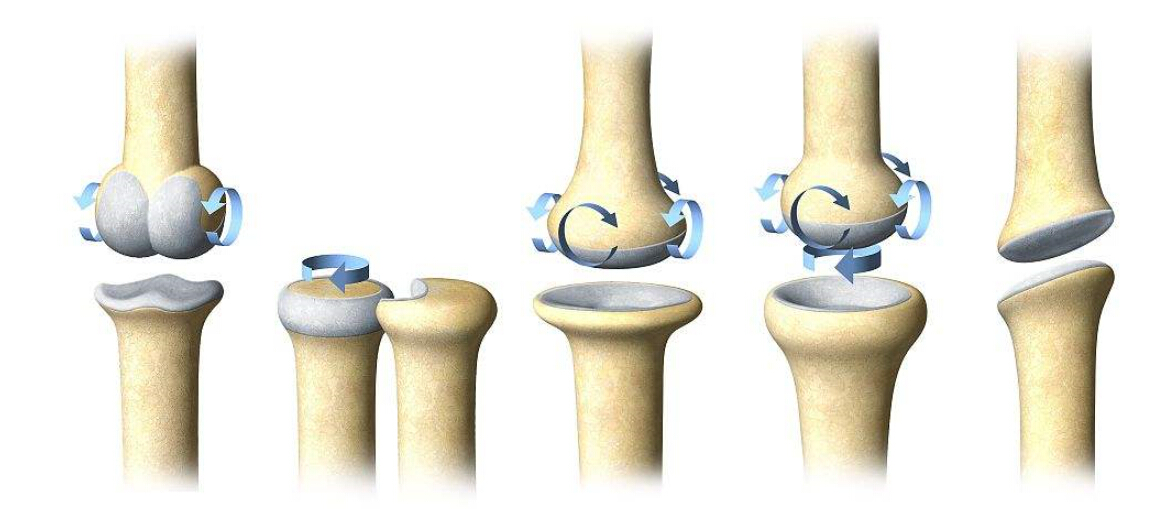What is Glucosamine And Chondroitin Sulfate Good for
Osteoarthritis (OA) is one of the main causes of musculoskeletal dysfunction in the world. It is a common degenerative osteoarthritis with slow progress in the middle-aged and elderly population. It occurs more frequently in middle-aged and elderly people over 50 years old. The prevalence of OA increases with age, and the incidence in the female is higher than that of the male. Osteoarthritis is known as “immortal cancer”.
What is glucosamine?
Glucosamine, a natural monosaccharide, is the precursor of proteoglycan synthesis in the articular cartilage matrix. It can stimulate chondrocytes to produce proteoglycan, an important component of the cartilage matrix, which is essential for the biological metabolism of chondrocytes. Glucosamine is an endogenous aminoglycan. Human synovial fluid contains natural glucosamine, which is necessary for the synthesis of glycoproteins and glycosaminoglycans in synovial fluid, ligaments, and other joint structures.
Role of Glucosamine
Glucosamine can maintain the shape and function of cartilage, improve the repairability of chondrocytes, and inhibit the enzymes that damage the articular cartilage.
It can also prevent the production of superoxide free radicals in injured cells.
Promote the repair and reconstruction of the cartilage matrix, thereby alleviating bone and joint pain, improving joint function, and delaying the development of the disease.
Glucosamine is more likely to bind to water in articular cartilage, maintaining the function of lubrication and buffer pressure in the articular cavity. After middle age (i.e. 45 years old), the amount of glucosamine produced by the human body decreases sharply, and the joint synovial fluid becomes thinner, resulting in worsening cartilage wear and joint pain, and other symptoms.
The effect of glucosamine on arthritis
The development of glucosamine drugs for the treatment of OA in recent 10 years or so can prevent or slow down the pathological process of osteoarthritis and inhibit the related factors causing tissue damage and articular cartilage degeneration. Anti-inflammatory drugs can only improve the symptoms of osteoarthritis, and the synthesized glucosamine sulfate can also control the development of symptoms, which is conducive to cartilage repair. Many clinical trials on glucosamine suggest that this drug can improve the symptoms of osteoarthritis patients and protect articular cartilage. It is an ideal drug for the treatment of osteoarthritis. Medical experts have done a lot of research on glucosamine, which has very high safety and reliability. Oral administration of this drug is enough.
Large-scale clinical trials and drug use after the market showed that glucosamine was safe and had no obvious adverse reactions. In Europe, it has been used as a prescription or over-the-counter drug in the treatment of OA for more than 20 years and is recommended as a slow-acting drug to alleviate the symptoms of OA. In the United States, it is mainly used as a dietary supplement for OA.
Chondroitin Sulfate in the Treatment of Osteoarthritis
Chondroitin sulfate, as an important component of cartilage, is a glycosaminoglycan. Its physiological function is mainly embodied in the form of protein complexes. It is the main component of the extracellular matrix and connective tissue. It plays an important role in maintaining the integrity of cartilage and endows cartilage with the functions of compression resistance and lubrication.
Joint benefits of chondroitin sulfate
Chondroitin sulfate is a common protective agent for articular cartilage, which has obvious cartilage affinity. It can preferentially enter cartilage tissue to protect cartilage and promote the formation of new cartilage tissue. Oral chondroitin can supplement the structure of joint soft tissue, and increase the secretion of joint fluid and the concentration of hyaluronic acid, the lubricant between joints. Joint synovial fluid in the articular cavity can provide a cushioning effect, and ease the impact and friction during the action. Chondroitin can inhale water into proteoglycan molecules and can combine water molecules to lubricate and support joints, make joints move freely, increase the amount of synovial fluid in joints, make cartilage thicker, alleviate arthritis pain, and protect the joint. Save and prevent the development of the disease.
The International Society for Osteoarthropathy Guidelines Update (2010) clearly indicates that chondroitin sulfate has a moderate effect on pain relief. In patients treated with chondroitin sulfate, the rate of development of knee joint space stenosis was significantly slower than that in the control group.
Study on the Combination of Glucosamine and Chondroitin Sulfate
The cartilage protective effect of glucan and chondroitin sulfate is also reflected in the ability of synovium to produce hyaluronic acid. The normal hyaluronic acid level in the articular cavity can reduce cartilage surface degeneration and alleviate the symptoms of osteoarthritis. Indirect anti-inflammatory effect, which is different from the mechanism of NSAIDs, but the combination of these two drugs can play a synergistic role, reduce the dosage of NSAIDs and reduce side effects.
In the past decades, a lot of studies have been done on the efficacy of oral chondroitin sulfate intake or combined intake, which has proved to be effective in relieving pain and symptomatic repair of degenerated articular cartilage. At the same time, its safety and tolerance are very good.

